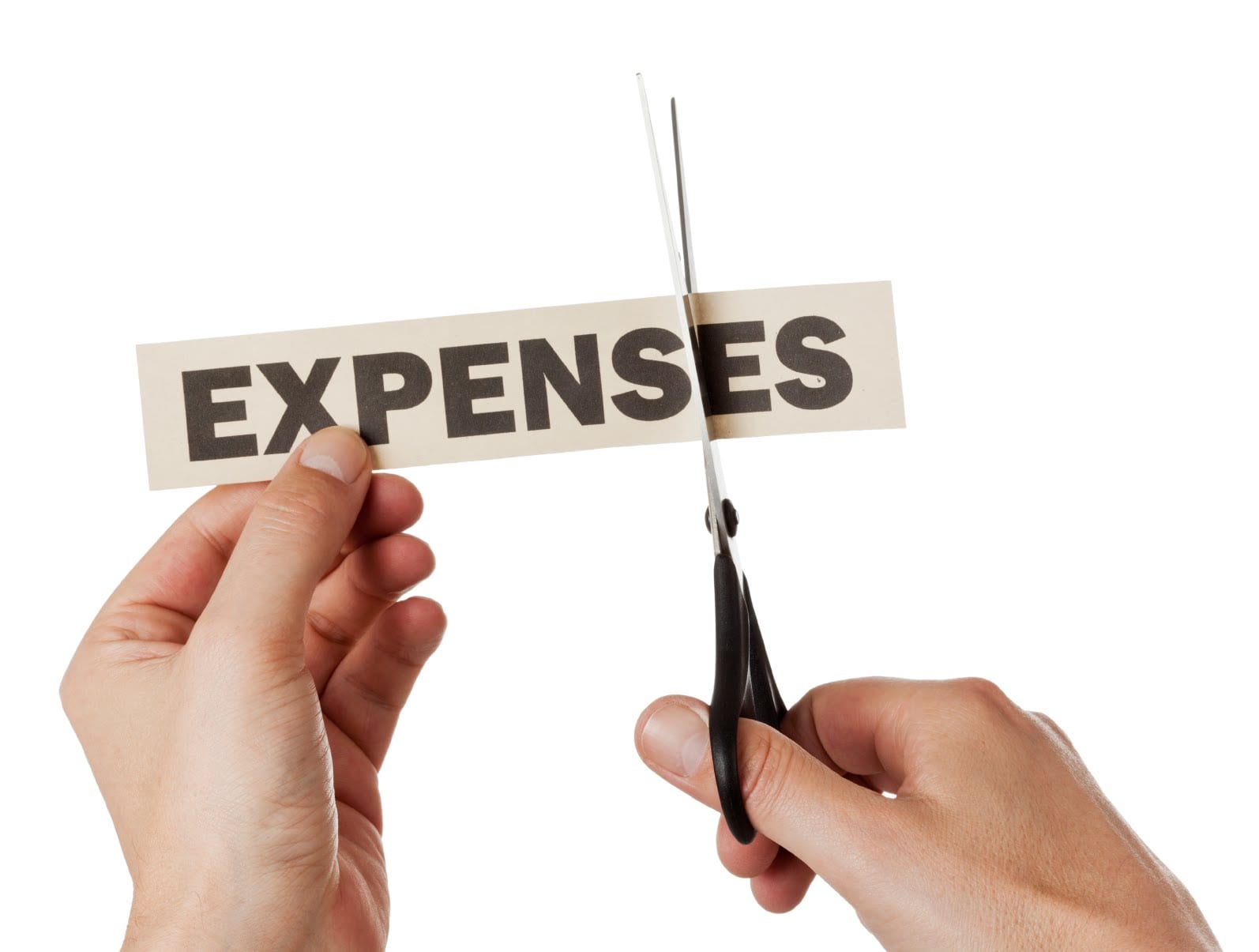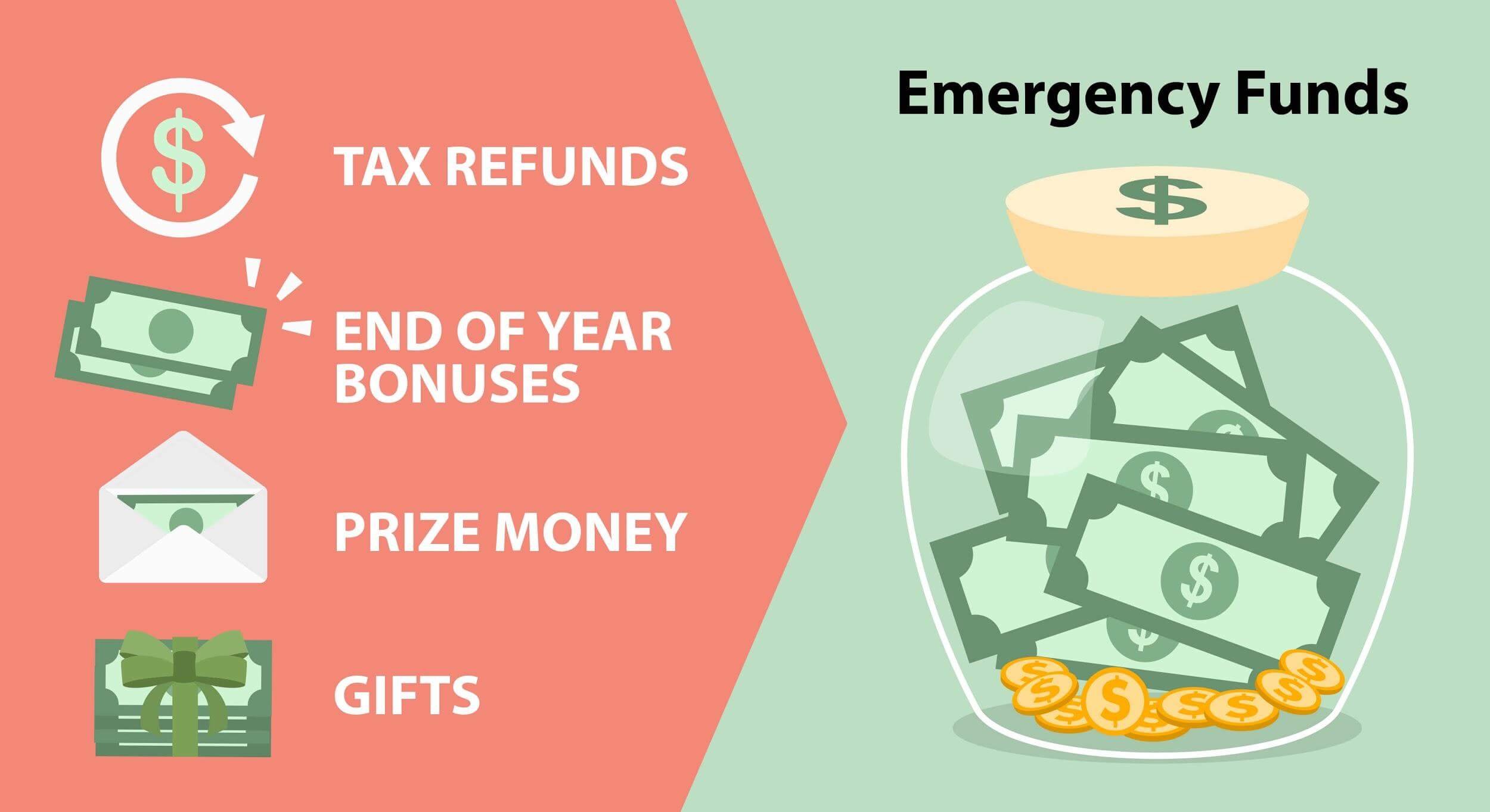When you first start out financial planning can seem really hard and complicated. But once you learn the basics it will become a breeze. Using a financial planning guide for beginners is an easy way to learn. Between the ages of 21 and 24 most of us are beginning to give more thought to our financial goals. Some of us may be married and have a family started. At this age you should already have some sort of financial intelligence. Between buying your car, buying (or renting) you home, using credit cards, paying utility bills, etc.
Sometimes the pressure of supporting a family (or even yourself for that matter) can cause us to neglect certain elements required to ensure a successful financial future. The following are some tips to keep in mind as you mature in your financial intelligence.
First, let me just ask you a quick question. Supposing you are married and have children, what would happen to them if something happened to you? In other words, if you were to die tomorrow – would your family be able to support itself financially without you? Chances are they would be going through tough times. I realize no one likes to think about when they are going to die, but death is a reality. Its something that is going to happen whether you want it to or not. Make sure your family is taken care of by having life insurance.
Life insurance is by far the best way to ensure your family is well taken care of when you are gone. Don’t let the Hollywood hype scare you away. What I mean by that is, all of those movies and tv shows you see, where a spouse is murdered because of life insurance. Bottom line, if you love and trust your spouse you should have nothing to worry about. I mention this because it is one of the questions, related to life insurance, I get frequently (usually imposed jokingly).
Certain types insurances will also provide for you if you have an unfortunate accident preventing your ability to earn money. Besides life insurance you should also make sure you and your family have adequate medical insurance. With disease on the rise, its one of the best methods of preventing financial ruin. What would happen if you or one of your family members was suddenly diagnosed with a life altering disease? Would you be able to bear the added financial burden?
These are some things you need to keep in mind. In my next article I will cover these topics more in depth. Start thinking about a financial planning guide now, rather than later.








